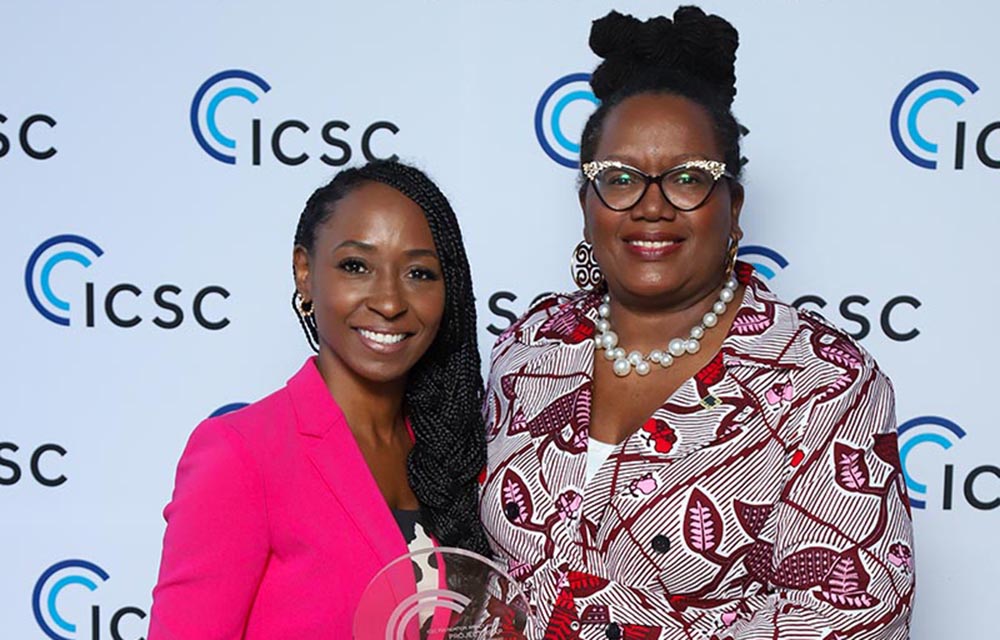Qualified Opportunity Zones: The lesser known provision of The Tax Cuts and Jobs Acts of 2017 - by Sandy Klein
 Shanholt-180x225.jpg" width="180" />
Shanholt-180x225.jpg" width="180" />
Glassman Klein Kramer & Co.
A lesser known provision of The Tax Cuts and Jobs Acts of 2017 created the Qualified Opportunity Zones (QOZ) program. A QOZ is an economically distressed area or community that has been certified by the Treasury Department. Each state nominates its own low-income communities, which when certified, become eligible for investment. An investor in a QOZ can defer the tax due on capital gains from prior investments by investing those gains into new entities which purchase eligible QOZ property.
To be eligible for deferral the gains must be invested in a fund within 180 days of the transaction giving rise to the gain. The deferral period ends on December 31, 2026 or on the date the fund is sold, whichever is earlier, at which point the deferred gain is recognized. Taxable gains from related party transactions are not eligible for fund investment.
A fund is an investment vehicle that can be formed as a partnership or a corporation for investing in eligible QOZ property. The assets classes in which these investments can be made are broad and it was envisioned that the Fund’s would invest in affordable housing, real estate, infrastructure and public transportation. The Fund is required to invest at least 90% of its funds in QOZ assets. Based upon rules issued by the IRS on October 19th, 2018, 70% of the 90% invested must be in tangible property in the zone. The fund has 30 months from the time it receives investments to invest its working capital in tangible property.
For fund acquisitions of existing real property, the building must be “substantially improved” to qualify as QOZ property. The regulations state that “substantially improved” means improvements must be made in an amount equal to or in excess of the adjusted basis of the structure within the 30-month time period. The cost of the land is treated as QOZ property but is not included in the calculation of the amounts needed to improve the property. For example, Fund partnership A buys a property for $100,000. The purchase price is allocated $80,000 to the building and $20,000 to the land. In order for Partnership A to qualify as a fund, it must spend an additional $80,000 in improvements to the property within 30 months of the purchase date. If improvements are not completed by the end of the 30-month period, the fund must be able provide a written plan for the completion of the work and have the necessary cash on hand.
Once the fund has been established, the investor’s basis in the new fund is zero (as a result of the deferral of tax on the amount of gain invested). After five years, the investor gets a step-up in basis equal to 10% of the capital gain invested. After seven year, basis is increased by an additional 5% for a total of 15%. If the investment in the fund is held for 10 years, the investor will not recognize any gain on the sale of QOZ assets held by the Fund.
Assume that an investor realizes a $200,000 gain from a technology company investment and invests that $200,000 in Partnership A which purchases a property for $100,000 (investor’s share) and spends another $100,000 (investor’s share) improving the property. If the property is sold for $400,000 (investor’s share) between five and seven years later, the investor will recognize $180,000 of the original $200,000 gain deferred plus the $200,000 gain on the sale of the property. If the property is sold between seven and ten years later but not later than December 31, 2026, the investor will recognize $170,000 of the original $200,000 gain deferred plus the $200,000 gain on the sale of the property. If the property continues to be held on December 31, 2026, the investor will recognize $170,000 of the original gain deferred.
If the QOZ assets are sold after ten years, the investors will receive a step-up in basis to the fair market on the date of sale and thus will recognize no gain on the sale of the QOZ investment.
Taxpayers can self certify themselves as Qualified Opportunity Funds. The IRS has released a draft of new Form 8996 which will be required to be filed annually by each Fund. The form calculates the percentage of QOZ assets in the fund after 6 months of the year and at year end. If the average of the two periods is not greater than 90% an additional penalty calculation will be required to be completed.
Sandy Klein, CPA, is a partner at Shanholt Glassman Klein Kramer & Co., New York, N.Y.
AmTrustRE completes $211m acquisition of 260 Madison Ave.


AI comes to public relations, but be cautious, experts say - by Harry Zlokower

Behind the post: Why reels, stories, and shorts work for CRE (and how to use them) - by Kimberly Zar Bloorian

Lasting effects of eminent domain on commercial development - by Sebastian Jablonski









.jpg)

.gif)